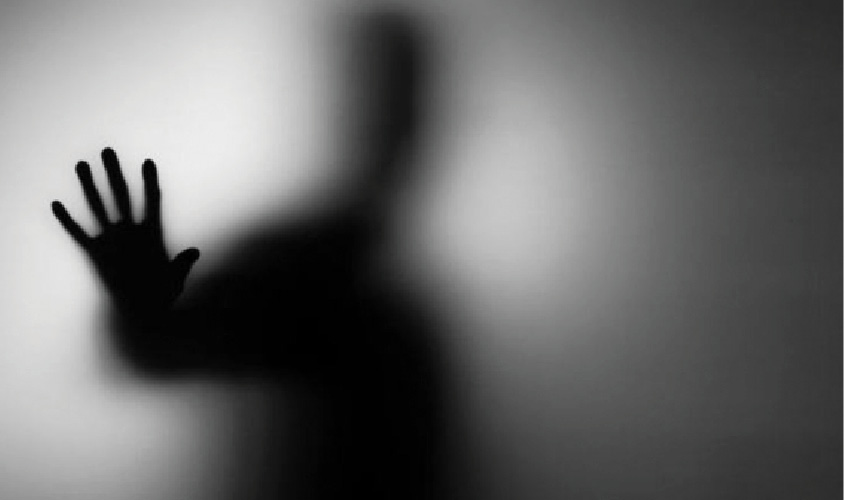Can ghosts, spirits and related supernatural phenomena be seen or felt only at dusk, twilight or at night? Is it only deserted buildings or old buildings or ruins that are haunted? While it’s certainly easier for ghosts and spirits to materialise in hazy or dimly lit or totally dark conditions, several day time sightings under the full glare of light have been recorded. Obviously they are not that common but often occur in cases where the ghost has strong “love bonds” or some other strong motivation.
Abiding love bonds or an overpowering concern for those left behind on earth prevent the soul of a dead person from leaving earth and embarking on the astral journey. The supernatural phenomenon so created almost invariably has some very unusual features. For instance, there was the case of Mr and Mrs Bhushan who had lived together for almost fifty years. When Mr Bhushan died, he didn’t want to leave Mrs Bhushan alone and his spirit could be seen flitting around the house in the daytime as well as night time.
While it’s true that usually deserted buildings or old buildings or ruins are haunted as ghosts seem to prefer stillness, silence and an undisturbed atmosphere, there are exceptions. A home or building in a busy urban setting can be haunted too. Once again, this happens when the circumstances are compelling such as a spirit worried about what will happen now that he/she is no longer there. There are also some spirits/ghosts who prefer a jovial or gregarious atmosphere and actually dread being alone! Our maid’s daughter, who was a hasmukh fun loving child very attached to my family, died in an accident, and after death didn’t want to be alone—wanted to accompany us everywhere. Happily, she has now gained mukti.
I have observed over several years that an appeal and an assurance from the loved one or loved ones still alive is the most satisfactory course for all concerned. Mantras and stotras such as the Gajendra Moksha Stotra from the Bhagwad Gita also help in loosening earthly bonds and speeding up the journey to the astral world. But there are some age old supernatural entities who fall into a special category and defy conventional, commonly held beliefs.
Yakshas and Yakshinis, for example, are powerful supernatural forms mentioned in Hindu, Buddhist and Jain literature. Some of them play positive roles, especially in their benign forms. For instance, they are supposed to be attendants of Lord Kubera, the God of Wealth, and the custodian of all the earth’s treasure. Yakshinis are the female forms and are always extremely beautiful, soft and sweet smelling when they appear before people, usually to entice them. But in their real form they are haggard, ugly, hard and extremely powerful.
I knew someone who became mad after he saw a Yakshini in her real form and died after a few months in spite of treatment. Folklore and personal experiences of many people mostly show them as very powerful and up to no good. Ambitious tantrics can get control over Yakshinis through Yakshini siddhis and mantras, but usually, they cannot enjoy the power they gain through Yakshinis for long and end up being ruined or destroyed.
One of the reasons Yakshinis are so powerful is that they can appear with equal ease during the daytime as well as night time. Thirty six Yakshinis are described in the Uddamareshvara Tantra. The Tantraraja Tantra contains a list and says that Yakshinis are “givers of whatever is desired, each having 2 arms, fair bodies, wearing fine clothing of different hue, young and wanton, adorned with garlands of flowers”.
Flowers and trees and fragrance are essential for their survival. Each type of Yaskhini has a particular species of tree, flowers and fragrance to which it is linked. There are also blood sucking, vampire like but far, far more dangerous Yakshinis who are formed by an integration of twelve Yakshinis—Vichitra (The Lovely One ), Vibhrama (the Amorous One ), Janaranjika (Delighting Men), Mahendri (Powerful), Manohara (Fascinating), Pramoda (Fragrant), Anuragini (Very Passionate), Ratipriya (Fond of Love), Nati (Actress), Mekhala ( who casts a Love Girdle), Kameshvari (expert in sexual intercourse) and Bhishani (terrifying).
Do Yakshinis still exist and how can one stay away from their devious behaviour? From the firsthand accounts that I have heard from different people, and my own experience in four such cases
Care should be taken not to use perfumes or ittars or other forms of fragrance when walking alone in lonely areas, especially where there are dense or deformed trees. Always carry a torch, a mirror or other reflector with you as protection. Carrying a whistle and blowing on it repeatedly can also protect you from a Yakshini. If you or someone you know has come under the control of a Yakshini, immediately seek someone who knows the necessary mantras or rituals for banishing the Yakshini. The best thing would be to try and get moksha for the Yakshini and here you would need the services of a guru, learned priest or some other learned person or paranormal expert or occultist.

